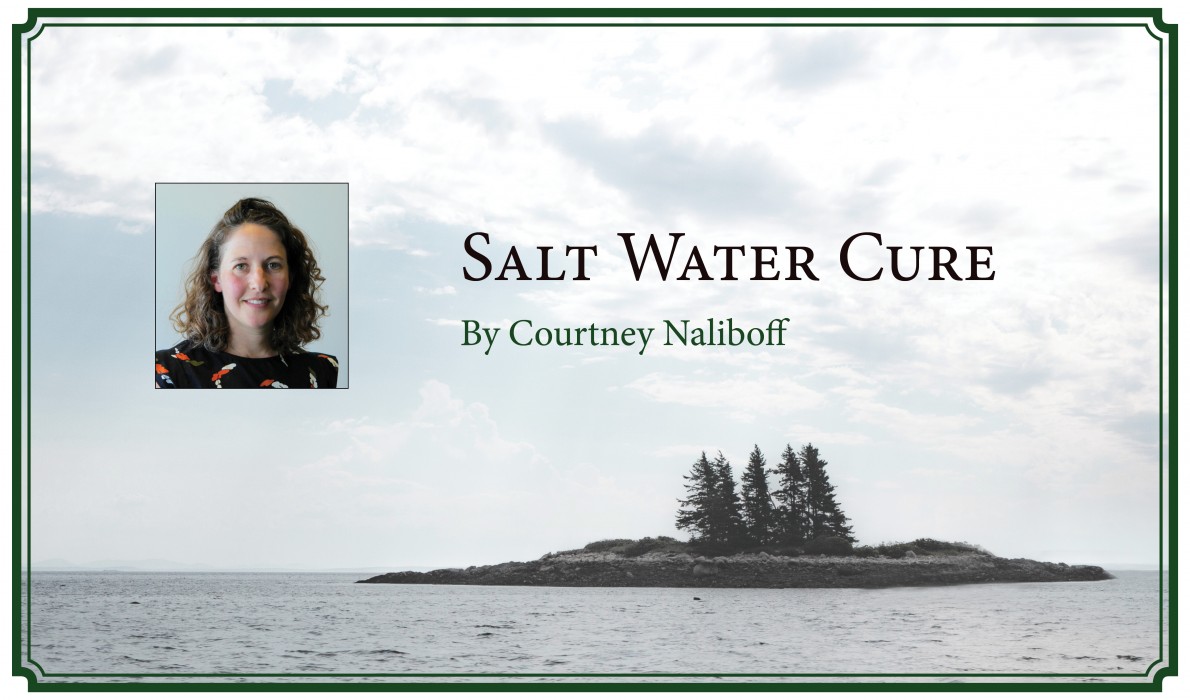Posted December 3, 2019
Last modified December 3, 2019
By Courtney Naliboff
Last month, my daughter and I planted tulips, the first fall bulbs I’ve put in since my wedding seven years ago. Back then, a friend and I pre-dug holes in the border of our woods, and my young female friends and relatives planted a variety of daffodils in the middle of the ceremony.
Every spring I check the spot for the smooth, green shoots and am rewarded. The blooms are pure yellow and trumpeted, or ruffled white with an orange border, or delicately salmon-colored and translucent.
Penrose and I picked out three complementary tulip colors and styles from the Johnny’s catalogue in September, and in late October stuffed 30 bulbs into an empty spot in the perennial bed between the burning bush and the yellow primrose. We dug them in deep and covered them well, hoping to stymie any deer or squirrels that might want to eat them, or move them to surprising places in the yard.
We planted garlic on the same day, 15 cloves from the two largest heads of our late August harvest. I put the remnants of our seaweed mulch in the bottom of the trench, stood the cloves up like Cadmus’ dragon teeth, and pushed the moist earth back over them, tumbling earthworms into the hole like tiny dragons themselves.
We cut back the dead stalks of rudbeckia, salvia, and sedum and let them stay where they fell to protect and nourish their roots. When the last flowers are truly gone, any day now, I’ll do the same to the cat mint and phlox. The deer saved me the trouble of cutting back the hosta or the gladiolas.
The plants in the yard, domestic and wild, are sending their energy into the ground. Islanders do the same in the winter. As we prepare our gardens, wrap our boats, drain the summer houses in our care, pull up traps, admire our woodpiles, and sneak in one last dinner at Calderwood Hall, we’re sending energy down into our roots to sustain us through the winter.
Now is the time for dinner with friends and neighbors, now is the time of catching up on creative projects and paperwork. We step back and reflect on the fishing season, the home improvements we did or didn’t get to, the landscaping projects left half-finished or still sketched out in notebooks.
Winter is our time of potential energy. We’re not at rest; the island keeps ticking, school is in session, roads are sanded and plowed, power restored after a nor’easter, songs written, pies baked, basketball games won and lost.
But there is a sense of storing and hunkering, turning inwards and gearing up for the return of the daylight, the thaw, the time when we send our energy up and outward again.
Courtney Naliboff teaches and writes on North Haven.
Contributed by




